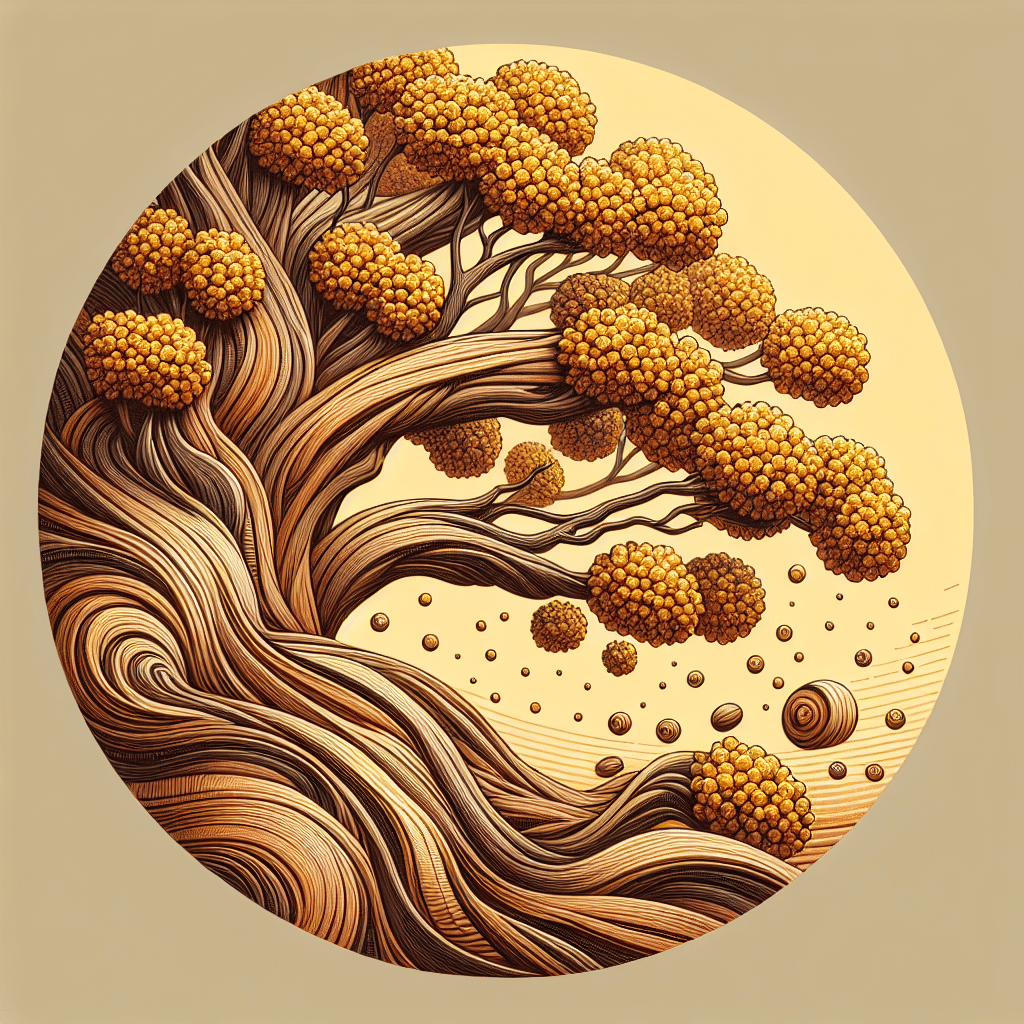Acacia wood is a highly durable and versatile hardwood derived from the acacia tree, native to Australia and several other regions worldwide. Known for its strength, resilience, and beautiful grain, acacia wood is increasingly popular among furniture makers, artisans, and homeowners alike. It is characterized by its rich hues, ranging from light honey tones to deeper reddish-browns, giving it an attractive appearance that enhances both contemporary and traditional designs. Acacia wood is also known for its resistance to moisture, making it an ideal choice for both outdoor and indoor applications, from furniture to flooring. Additionally, the wood has natural antibacterial properties, making it suitable for kitchenware and other utility items. As you explore the attributes, uses, and care tips for acacia wood, you’ll find it stands out as a sustainable option that combines beauty with functionality.
1. Understanding Acacia Wood: Characteristics and Varieties
Acacia wood encompasses numerous species, primarily found in the genera Acacia and Albizia. Although over 1,300 species exist, a few are particularly notable for their commercial value, including:
- Acacia Mangium: Commonly found in Southeast Asia, this variety is known for its rapid growth and strong, durable timber.
- Acacia Koa: Native to Hawaii, it is prized for its striking grain and is often used in luxury woodworking and instrument crafting.
- Acacia Dealbata (Silver Wattle): Known for its beautiful scent and durable wood, it’s a favorite in Australia and New Zealand.
These varieties showcase different grain patterns and colors, with varying levels of density and durability, suitable for a variety of applications.
2. The Benefits of Acacia Wood
Choosing acacia wood for your projects or home furnishings comes with many advantages:
2.1 Durability
Acacia wood is exceptionally durable, being hard enough to resist wear and tear, making it ideal for high-traffic areas or heavy-use furniture.
2.2 Resistance to Water and Bacteria
Its natural oils provide resistance to water, reducing the likelihood of warping or swelling, which is essential for kitchen items and outdoor furniture. Furthermore, the natural antibacterial properties help maintain hygiene.
2.3 Eco-Friendly Choice
Typically sourced from sustainably managed forests, acacia is considered a more environmentally friendly hardwood option, appealing to eco-conscious consumers.
2.4 Aesthetics
The rich patterns and warm tones of acacia wood can complement various design aesthetics, from rustic to modern chic.
3. Common Uses of Acacia Wood
Due to its desirable properties, acacia wood is employed in various applications:
3.1 Furniture
Dining tables, chairs, and cabinets are often crafted from acacia wood, taking advantage of its durability and aesthetics.
3.2 Flooring
The hardness of acacia makes it suitable for flooring, providing a beautiful and long-lasting surface.
3.3 Kitchenware
Cutting boards, bowls, and utensils benefit from the wood’s natural antimicrobial attributes.
3.4 Decorative Items
Fine wood crafts, paintings, and sculptures often feature acacia, appreciated for its unique grain and color.
4. Caring for Acacia Wood
To maintain the beauty and longevity of acacia wood products, consider the following care tips:
- Regular Cleaning: Use a damp cloth to wipe surfaces and avoid soaking or using harsh chemicals.
- Conditioning: Periodically apply mineral oil or beeswax to hydrate and protect the wood from dryness.
- Avoiding Heat and Direct Sunlight: Protect acacia items from extreme temperatures and prolonged exposure to sunlight to prevent fading and cracking.
5. Counterarguments: Limitations of Acacia Wood
Despite its numerous benefits, acacia wood also has some limitations to consider:
- Susceptibility to Scratches: While hard, acacia wood can still be scratched by sharp objects, requiring care in use.
- Potential for Movement: Like many hardwoods, acacia can expand or contract with humidity changes, which may pose challenges in certain environments.
Nevertheless, proper maintenance can mitigate these concerns, ensuring the longevity of your acacia wood products.
6. Acacia Wood vs. Other Hardwoods
When assessing whether to choose acacia wood or another hardwood, consider the following comparisons:
- Acacia vs. Teak: While both are durable, teak is typically more expensive due to its rarity and high demand.
- Acacia vs. Oak: Oak is more common and widely available, but acacia offers superior water resistance.
- Acacia vs. Walnut: Walnut provides a classic, rich look but is softer and more susceptible to damage compared to acacia.
Understanding these differences will help you make informed decisions based on your specific needs.
7. FAQ Section
7.1 Is acacia wood good for outdoor furniture?
Yes, acacia wood is excellent for outdoor furniture due to its natural resistance to moisture and pests. Proper maintenance can enhance its lifespan.
7.2 How can I tell if my acacia wood is real?
Genuine acacia wood has a distinctive grain pattern and color. An authentic product will often feature imperfections such as knots and varying grain directions.
7.3 Can acacia wood be stained?
Absolutely! Acacia wood can be stained to enhance its natural beauty or to match other furnishings. Always use appropriate wood stains for the best results.
7.4 Is acacia wood sustainable?
When sourced from certified forests, acacia wood is considered sustainable. Look for labels indicating responsible sourcing practices.
7.5 What is the average cost of acacia wood?
Prices may vary depending on the variety and product type, typically ranging from $3 to $10 per board foot, with finished products averaging higher.
8. Conclusion
Acacia wood represents a compelling option for those seeking durability, beauty, and sustainability in their woodworking choices. With its rich appearance, natural water resistance, and antibacterial qualities, it serves well in a variety of applications, from furniture to kitchenware. Although some limitations exist, they can often be mitigated with appropriate care and maintenance. In a world where sustainable choices are becoming increasingly vital, acacia wood stands out as an excellent investment for durability and environmental friendliness.



